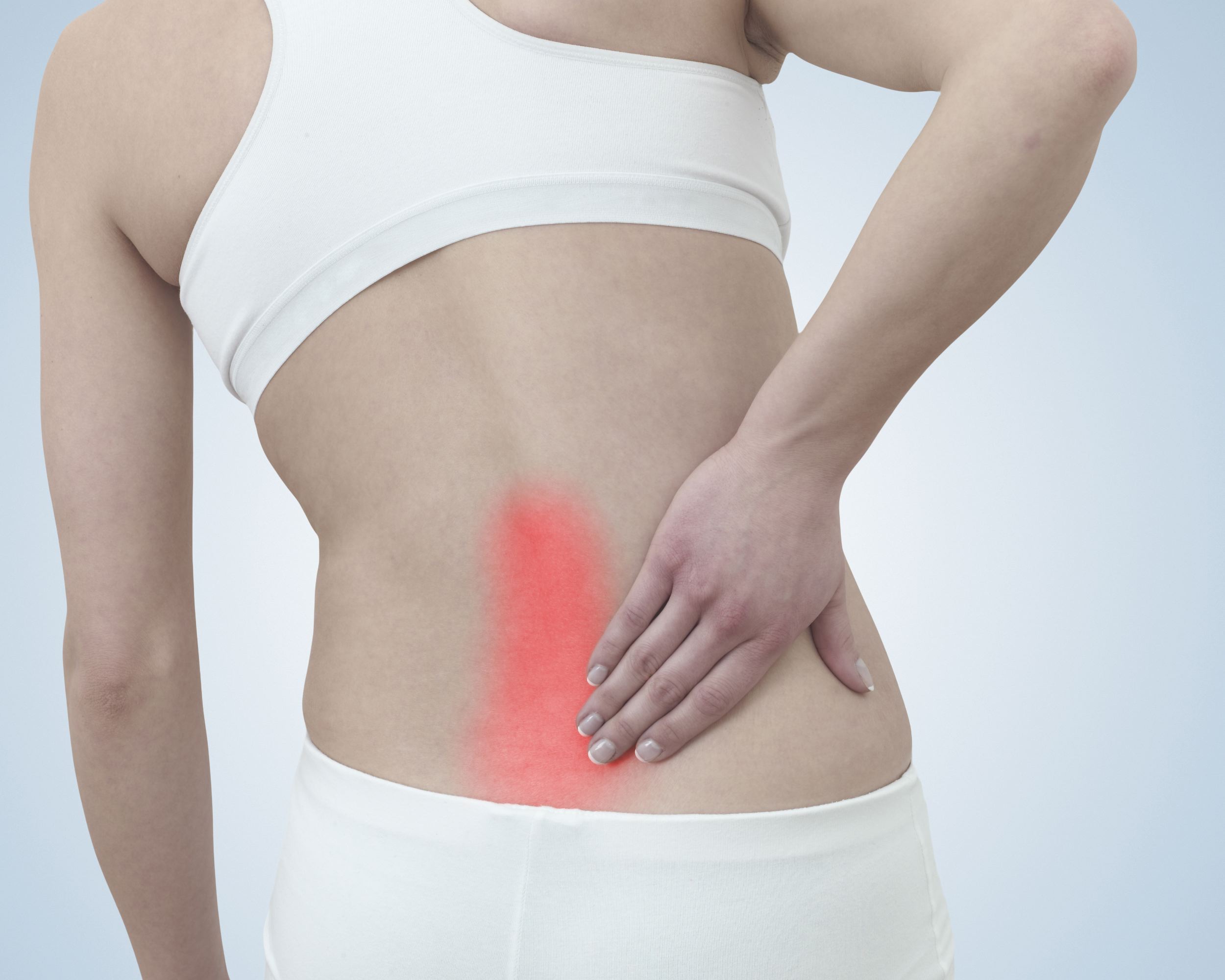Exercise and Low Back Pain

This post explores how to introduce activity or movement in order to improve the management of a low back pain complaint. Once correctly introduced people often report a very positive change in the way the pain improves.
At the Spine and Sports Injury Clinic (covering Margate, Broadstairs, Ramsgate areas) we see a number of people suffering from long term low back pain. One of the key things we promote at the clinic is to introduce some form of regular activity, helping to improve the management of pain. The type of exercise depends on the nature of the pain, underlying medical conditions, and preference of the patient; but often exercise can be introduced in some form to great effect.
The most common concern I hear in the Spine and Sports Injury Clinic (Thanet, Kent) with regards to starting activity is the worry that it will cause more harm or damage. To reassure people that this is not the case, research has found not only that the risk of increased injury is unlikely [1] but also it is helpful in improving recovery [1,2,3]. But what type of exercise should you do and how do you approach it?
-
A brief low back mobility programme 1-2 times a day (See our exercise library for examples on low back and seated mobility exercises).
-
Gentle cardiovascular exercise ranging from 10-40 minutes.
-
Yoga or flexibility programme 3-7 times a week.
-
Pilates or core stability programme 3-7 times a week.
Every case of back pain is different and, because of this, people will report different success rates for the various interventions. The key thing is to find the approach that works best for you. Start with the style of activity that fits well with your lifestyle and work through the different types until you find the approach that improves your pain the most.
Mobility Exercises
At SSi I often prescribe a few simple movement exercises to be performed on a frequent basis, including exercises in a lying, standing or seated position (see our exercise sheet Low Back Mobility [full]). Usually, as soon as people reduce the sedentary nature of their work and home life, pain becomes easier to manage and function can improve significantly. Because each case of low back pain is different the actions people find most effective will differ, therefore it is essential to review any movement exercise by how it affects your pain. Then you’re able to develop a routine that’s most effective for you.
Gentle Cardiovascular Exercise
This has many forms, from simple walking through to cycling, swimming or jogging, up to GYM based exercise plans and classes. Some people will perform longer exercise session (45-90 minutes) 3-4 times a week or perform short sessions (10-20 minutes) 5-7 times a week. As mentioned above, it is important to review the effect on the pain. As well as different durations impacting peoples pain differently, so to will the type of exercise. One person may find running very helpful for their pain whilst another may find it provoking. The simplest approach is to select a single exercise (cycling for example) and perform it at a low intensity for a short duration on the first occasion (15 minutes at 5/10 RPE intensity). If things respond well then you can steadily increase the duration and intensity session by session. If you experience a negative response then you can select a different style of activity. If you’re unsure on the best way to introduce this then contact us at SSi.
Yoga / Flexibility Programme
Simple stretching exercises can be very helpful for low back pain. Yoga is best instructed by a qualified teacher or in a class led environment, and has been reported to help manage back pain complaints. Second to this, a simple stretching routine performed on a regular basis can also be very helpful. With both approaches frequency is the key to making a difference to the pain. If the exercises are performed sporadically then there is little chance of it helping.
Pilates / Core Stability Training
This method has a lot of varied opinion on the best way to perform it. I advise any patient in the Spine and Sports Injury Clinic looking to embark on a Pilates plan to receive at least 1 one on one session with a Pilates instructor. This ensures correct form to achieve the maximum potential from the exercise, which can be overlooked in larger class based sessions. Core stability training should also be instructed before starting the same reason. Both require a commitment to keep to the required frequency otherwise, as with Yoga, there is little chance of the pain being improved.
Once the right activity plan is in place we find many people find it much easier to manage their back pain complaint. If you would like more information on how best to do this then please contact us at SSi.
References
[1] Exercise as a Treatment for Chronic Low Back Pain; James Rainville et. al.; The Spine Journal 4:1 (2004): 106-115
[2] Pilates Vs General Exercise Effectiveness on Pain and Function in Non-Specific Chronic Low Back Pain Subjects; F. Mostagi et. al.; Journal of Bodywork and Movement Therapies 19 (2015): 636-645
[3] The Back Book Eighth Impression; Stanley Bigus, Martin Roland, Gordon Waddell et al.; 2011
[4] Effects of Spinal Flexion and Extension Exercises on Low Back Pain and Spinal Mobility in Chronic Mechanical Low Back Pain Pateints; I. Elnaggar et.al.; Spine 16:8 (1991)
[5] Effects of Static Stretching on Prevention of Injuries for Military Recruits; M. Amako et.al.; Military Medicine 168:6 (2003)